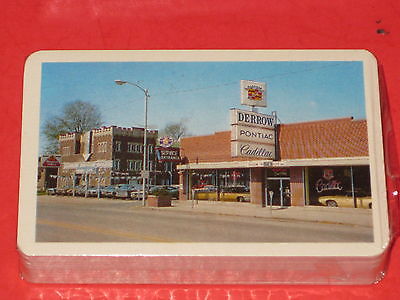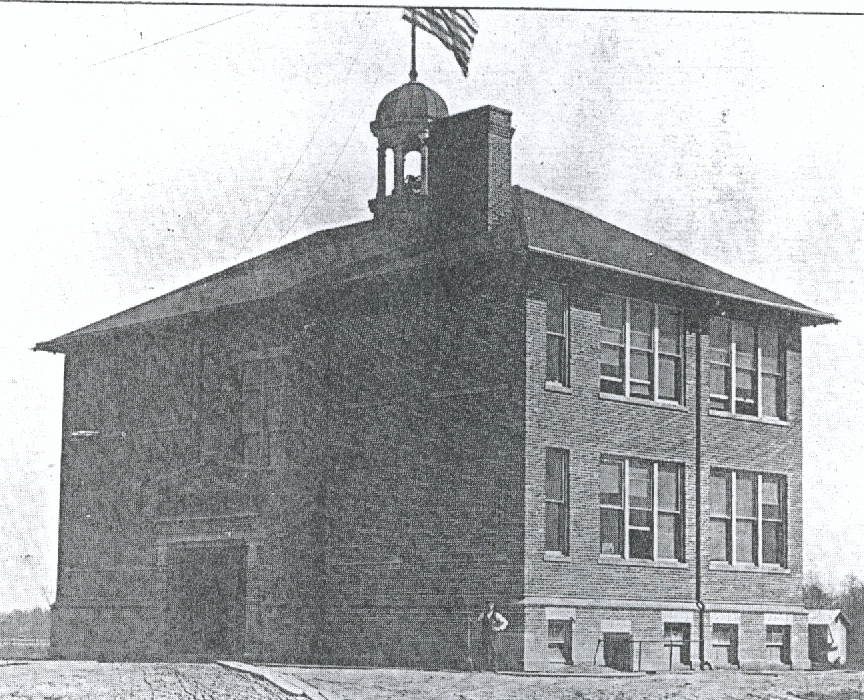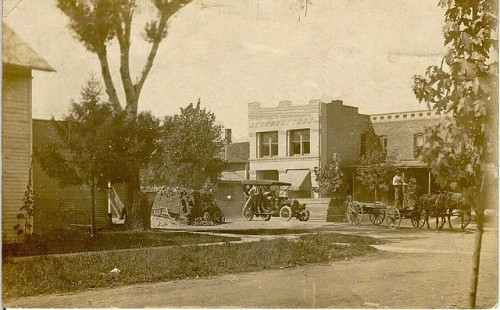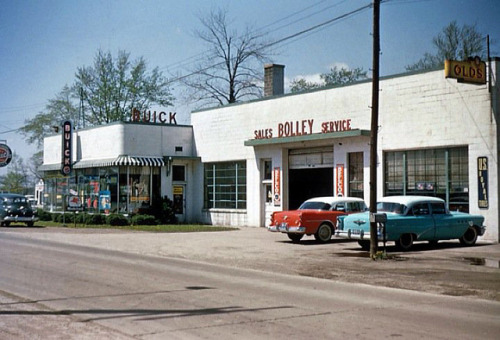 |
| Bad Creek Canal Culvert, Texas, Ohio (State Route 424 Henry County, Ohio) |
I was born in Carrol County, Maryland Sept. 22, 1814. In 1837 I sought a new home in the wilds of the Northwest, and in the spring of that year I found myself 15 miles west of Detroit, Wayne County, Michigan, then nothing more than a wilderness. During this time a brother of mine, James Durbin, became quite an extensive contractor in excavating the Miami & Erie canal, then in the course of construction. In the spring of "39". I left Michigan for the purpose of joining him in the labor, but I landed at Sandusky and found employment on the old Mad River Railroad, then running up through Bellevue, where I remained the whole summer, and did not reach the Maumee River, where Texas, Ohio now is, until November of the same year "39". My brother had contracted for four miles of the work-section 49,53.56 and 57. Section 49 commenced with, the lock at the head of the slack water. Section 53 commenced a short distance above Texas, and extended three quarter of a mile below, including the culverting of the Bad Creek. Section 56 and 57 commenced three miles further up. The ground excavated from the high bluff at Texas, Ohio and above, was carried in wagons to from the heel and tow path through the low ground below. No scrapper were used, nothing but shovels, wheelbarrows and wagons when necessary to convey the dirt any distance. In the year 1839 the canal was finished up from Toledo to the slack water at Providence, Ohio, and the water let in. This proved a great help to the transportation of stone for the building of the locks and culverts required in my brother's contracts. He built three locks and four culverts. The stone in these were quarried in the Maumee River at Providence, Ohio for the first four feet of the wall, which was supposed would be always covered by water, but the river stone was not thought durable enough to stand exposure, so the bulk of the stone for the work was brought up the canal from Marblehead. I was a mason by trade, and built most of the stone work on the locks and culverts at Texas, Ohio.
If I remember right, there were about 300 men working on the section at Texas, though I think there were more on other sections. The men were mostly Irish, and the contractors kept large supplies of whisky on hand in compliance with the demand for that drink. Whisky was drunk in as great quantities as water would be now. Morning and evening the stuff was doled out to them, beside "jigger" boys passed around to each during the day, carrying a pail of whiskey with a tin cup attached. My brother was quite strict in adhering to the rules of drink he had laid down, and the results was few rows or drunks while in the camp.
William Durban




























